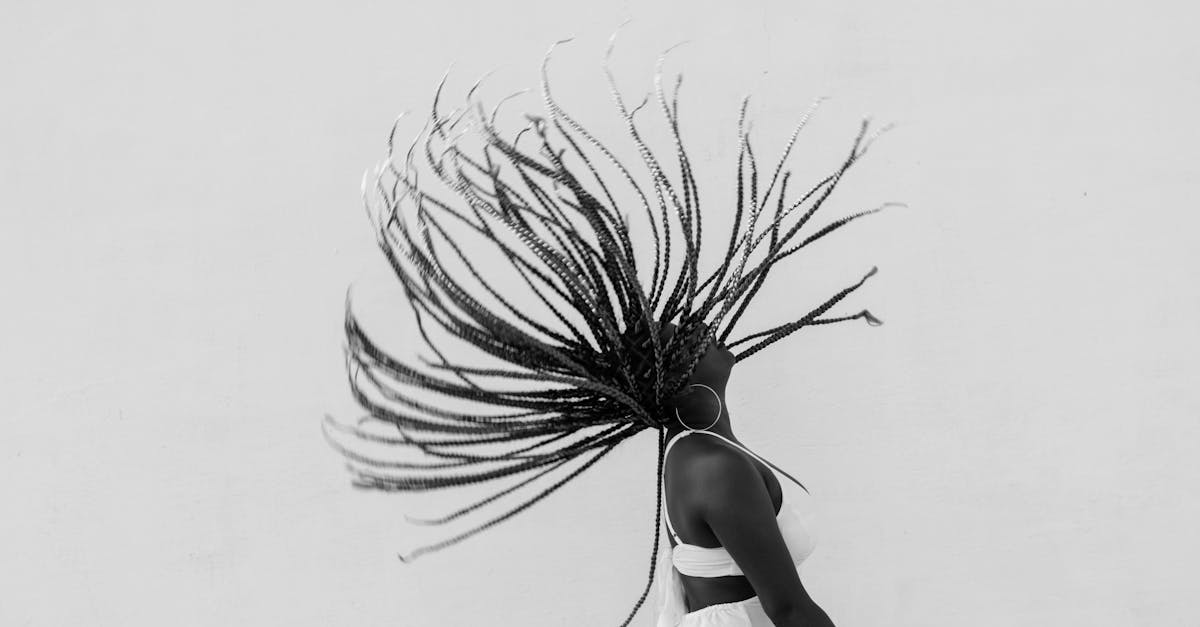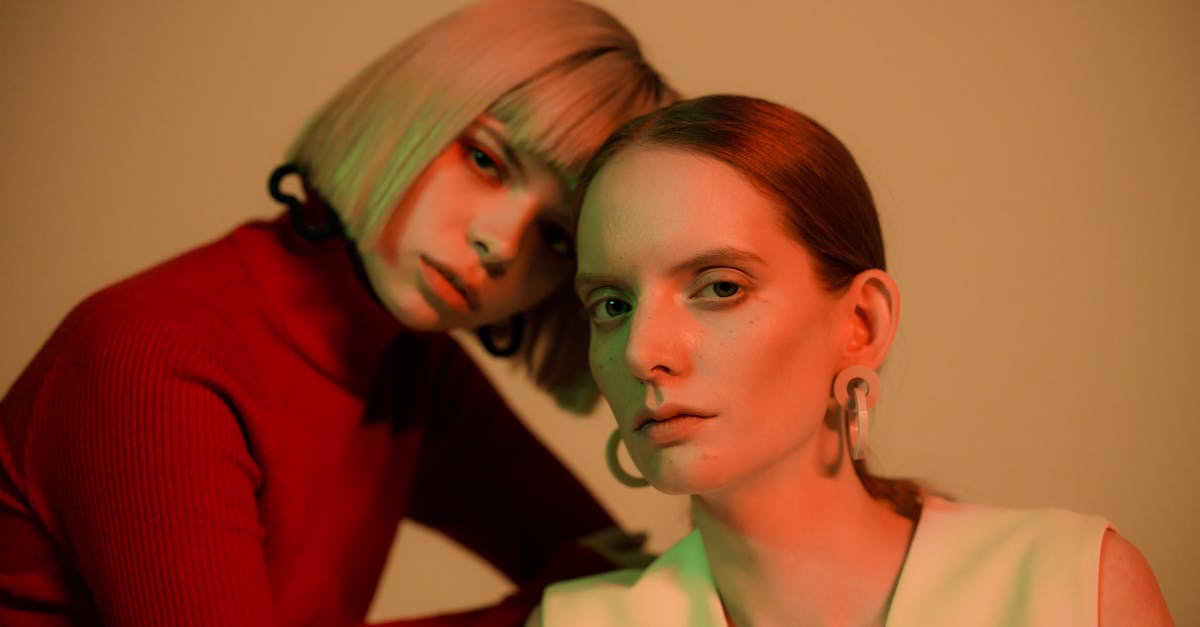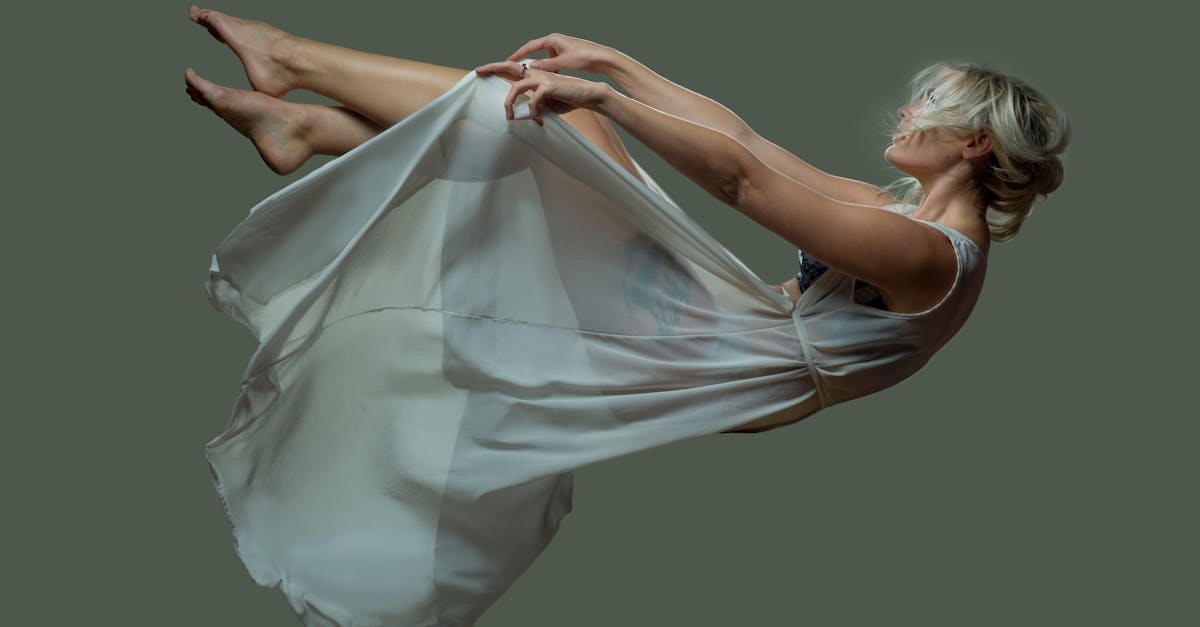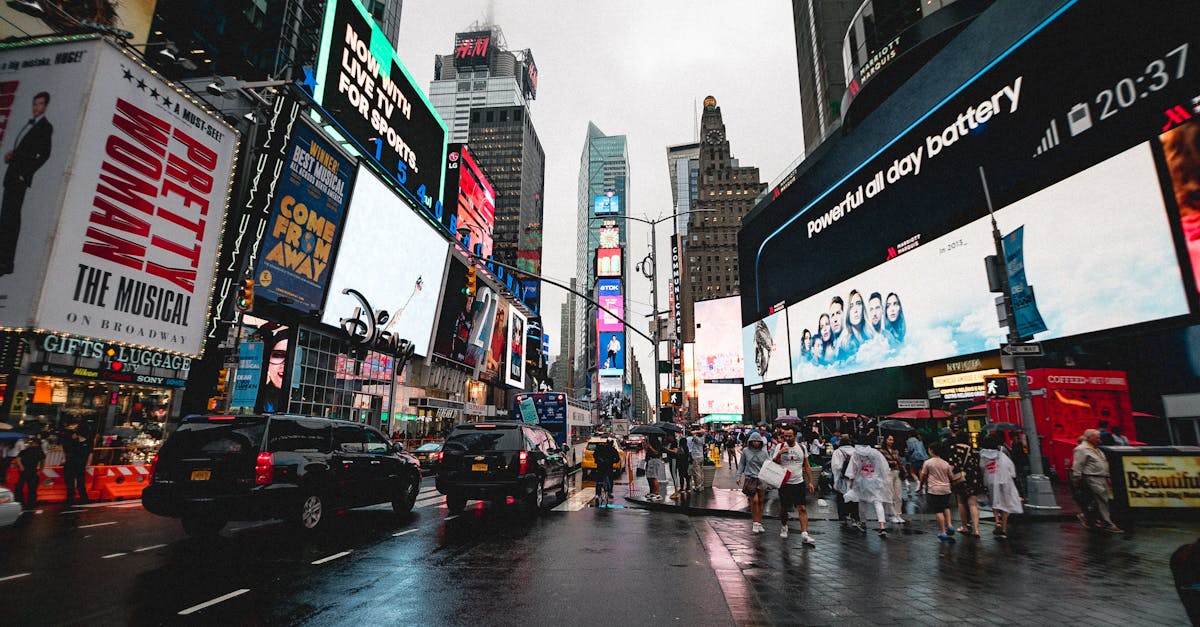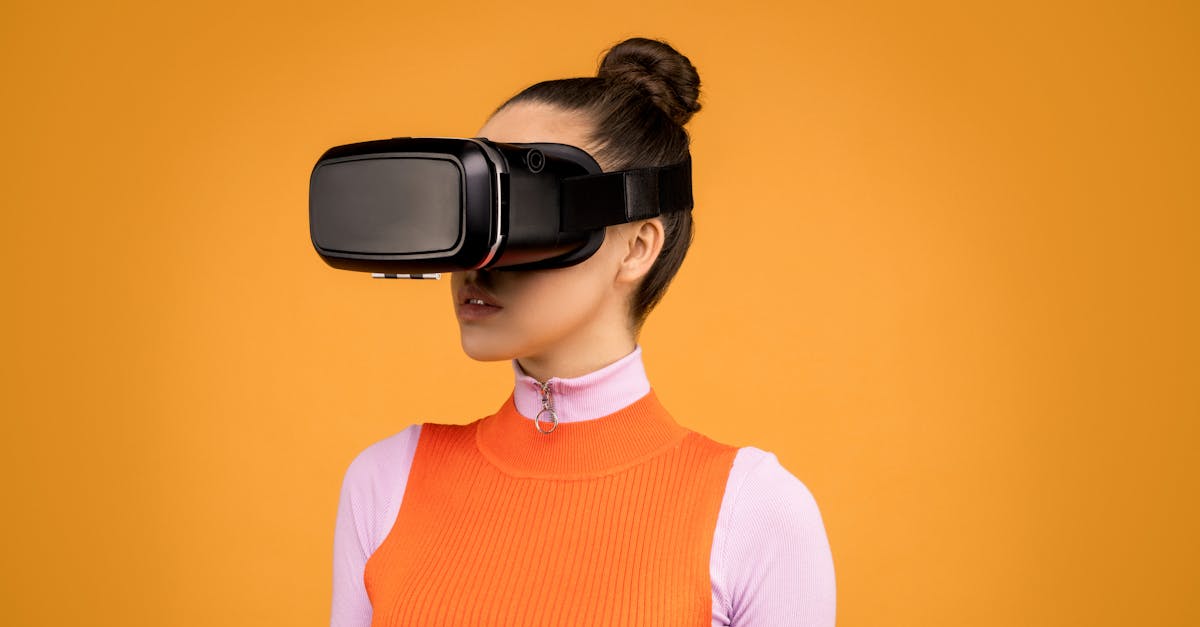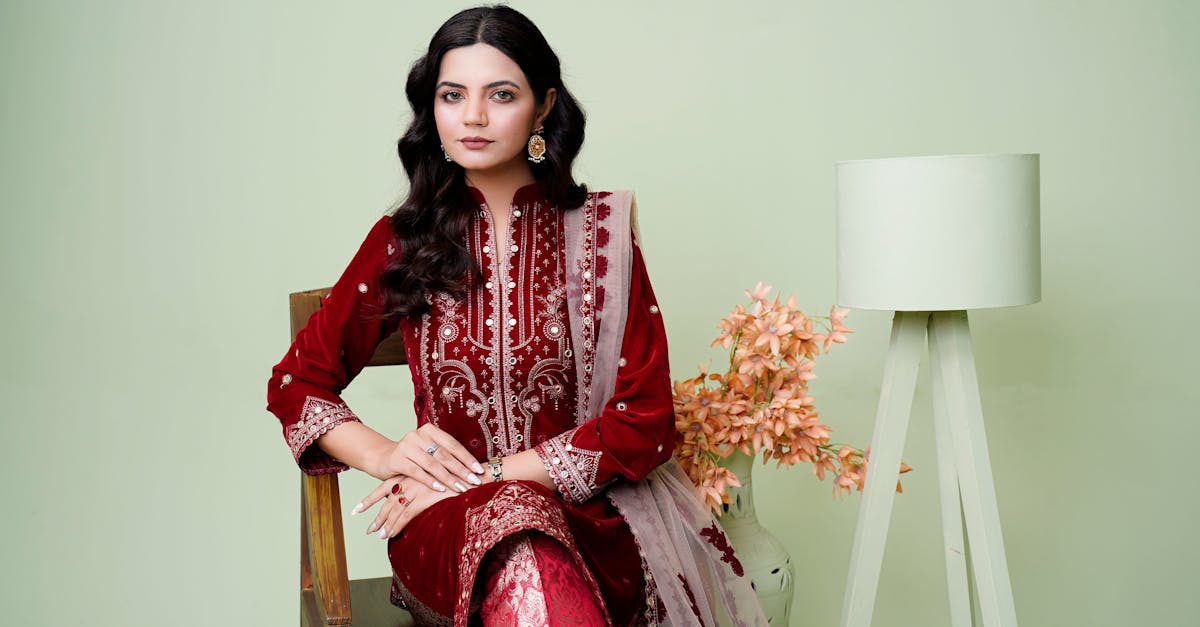Futuristic Fashion Dreamscapes 2030
Introduction
The world of fashion is on the cusp of a revolutionary transformation as we approach 2030. Pursued by visionary designers and innovators, futuristic fashion dreamscapes promise to redefine our style, focusing on technology integration and sustainable practices. How will our daily wear reflect advances in materials and artificial intelligence? What role will 3D printing play in personalizing and democratizing fashion? As environmental concerns push boundaries of creativity, what are the possibilities for eco-friendly garments? Join us as we delve into the dynamic, glittering realm of fashion's future.
Advertisement
Smart Fabrics Lead Innovation
Smart fabrics, capable of adapting to the wearer's needs, will be pivotal in 2030's fashion scene. These materials are embedded with advanced sensors, integrating seamlessly with personal devices to monitor health metrics and adjust to environmental conditions. Imagine clothing that regulates body temperature, changes color or opacity according to mood, or even charges your devices on-the-go. With athletes, office workers, and casual enthusiasts as prime beneficiaries, smart fabrics promise a blend of comfort, utility, and style. This blend of tech and textiles makes everyday fashion both interactive and responsive.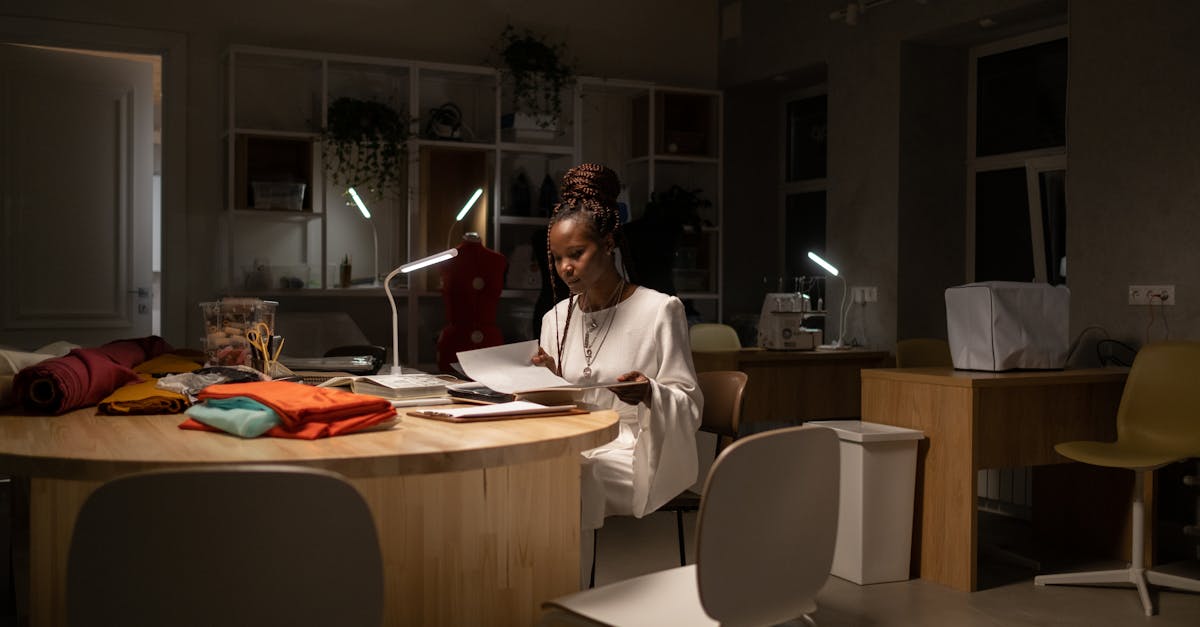
Advertisement
3D Printed Personalization
3D printing is set to become a cornerstone of personalized fashion, offering unique and bespoke creations on-demand. This technology allows designers to experiment like never before, combining materials, colors, and patterns with intricate precision. From couture dresses to daily accessories, individuals will design clothing tailored to their preferences and measurements. Furthermore, with sustainable 3D printing materials on the rise, production waste is minimized, leading to greener design processes. The democratization of design will empower users with unprecedented customization options, further blurring the line between designer and consumer.
Advertisement
Sustainability Meets Style
The fashion industry is embracing sustainability as a core principle, driven by ecological responsibility and innovative design. Clothes in 2030 will likely be made from biodegradable materials, recycled fabrics, and organic fibers. Brands are employing cutting-edge techniques, such as zero-waste patterns and closed-loop systems, to reduce environmental impact. Meanwhile, sustainable leather alternatives from plant-based sources and innovative textiles from algae are paving the way for cruelty-free fashion without compromising on style. Environmental consciousness is no longer optional; it's a stylish imperative.
Advertisement
Augmented Reality Fashion Experiences
Augmented reality (AR) is set to revolutionize how consumers interact with fashion, offering immersive shopping experiences from home or in-store. Shoppers can virtually try on outfits, experimenting with different styles and fits without the physical presence of garments. AR-enhanced mirrors may provide real-time styling advice and mix-and-match options for various occasions. Beyond retail, fashion shows powered by AR will create multisensory experiences, inviting audiences worldwide into a realm where the digital and physical converge. This interaction between reality and imagination redefines how we perceive and engage with clothing.
Advertisement
Artificial Intelligence Stylist Assistants
AI-driven stylist assistants are on track to become an integral part of daily fashion. These digital advisors recommend outfits based on the user's body type, preferences, and even weather forecasts, ensuring practicality and flair. Utilizing machine learning, these AI systems analyze global fashion trends, keeping users updated with the latest styles tailored to individual tastes. Paired with smartphone applications, AI assistants may offer morning wardrobe suggestions, suggest combinations, and maintain an evergreen signal to modernity. The fusion of AI and fashion provides a personalized touch, enhancing daily sartorial selections.
Advertisement
Circular Economy Embraced by Brands
Fashion's future envisions a circular economy, where products are designed with lifecycle considerations in mind. Brands will prioritize durability, repairability, and recyclability, encouraging consumers to return worn garments for renewal or transformation. This closed-loop model will advocate for reducing waste—an essential shift considering the industry's environmental footprint. By 2030, iconic brands and new entrants alike are expected to push for this systemic change, with policies promoting responsible consumption, paving the way for a cleaner, more sustainable fashion ecosystem.
Advertisement
Virtual Fashion in Digital Realms
With the rise of virtual platforms and metaverses, digital fashion is becoming an exciting trend, reshaping real-world influence. Fashion houses are venturing into digital clothing, which exists solely in online spaces, offering avatars exclusive collections and styles. This trend reduces physical production demands, catering to e-gamers and virtual influencers while showcasing inventive digital design prowess. As the lines blur between real and imaginary worlds, fashion is no longer bound by traditional constraints, offering limitless creativity and exploration in both tangible and digital dimensions.
Advertisement
Ethical and Inclusive Practices
The fashion industry in 2030 is expected to champion ethical, inclusive, and diverse practices. By fostering representation at all levels—design, production, and consumer engagement—fashion brands are committed to celebrating varied identities and voices. Ensuring fair labor practices and transparency throughout the supply chain will be non-negotiable, as consumers demand accountability and equity. Through committed activism and genuine collaboration with diverse communities, the fashion of the future aspires to be a tapestry that reflects the world’s rich cultural and social tapestry.
Advertisement
Conclusion
As we inch closer to 2030, the fashion landscape promises a thrilling blend of technology, sustainability, and inclusivity. This transformation is not just about aesthetics—it's reshaping how we live, express, and connect with the world. Smart fabrics, AR experiences, and AI stylists underscore a future where fashion is both functional and personalized. With a focus on ethical practices, fashion stands as a testament to creativity and innovation. In merging environmental and social consciousness, the fashion industry of 2030 aspires to a brighter, bolder, and more sustainable future.
Advertisement
